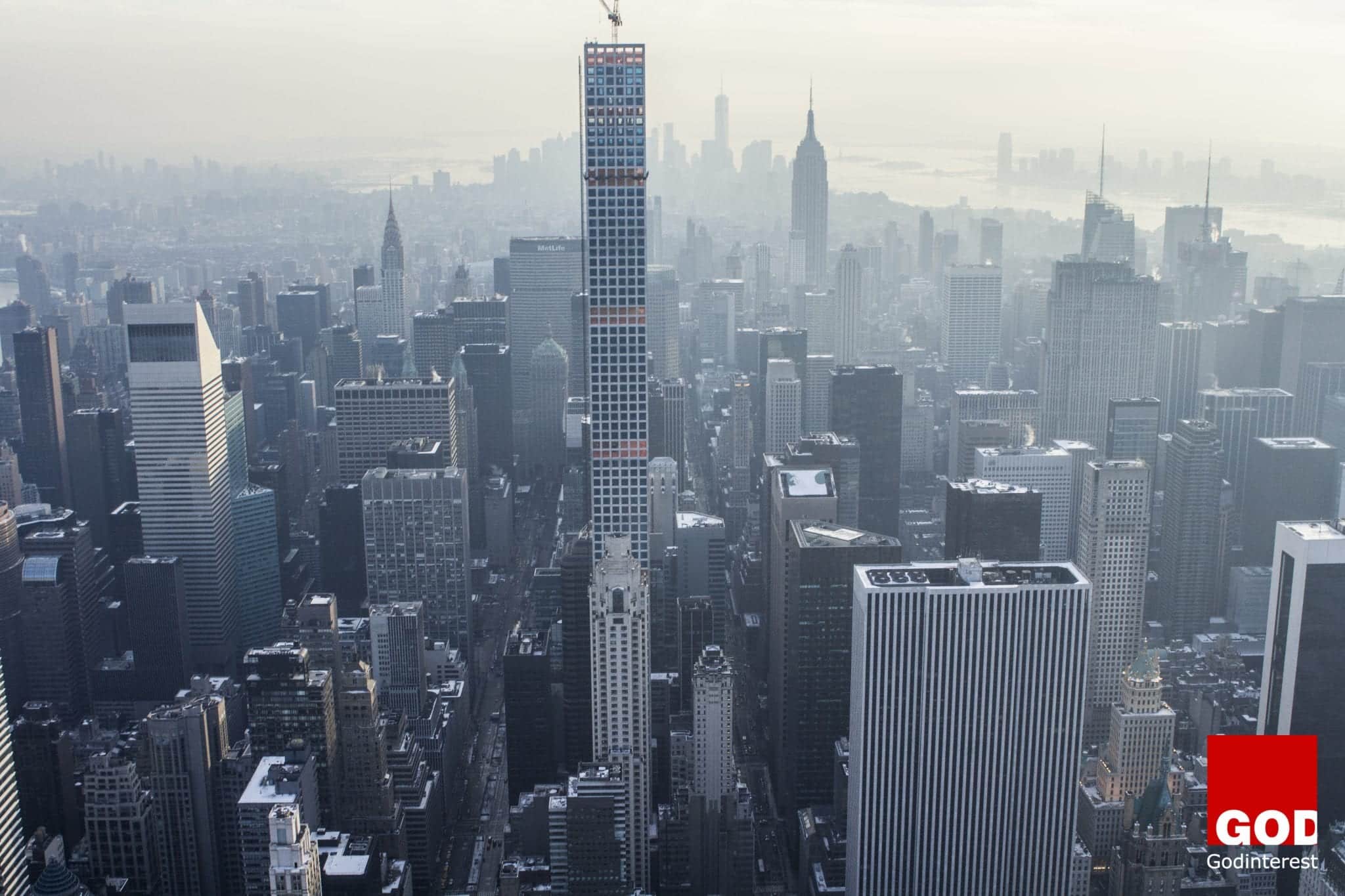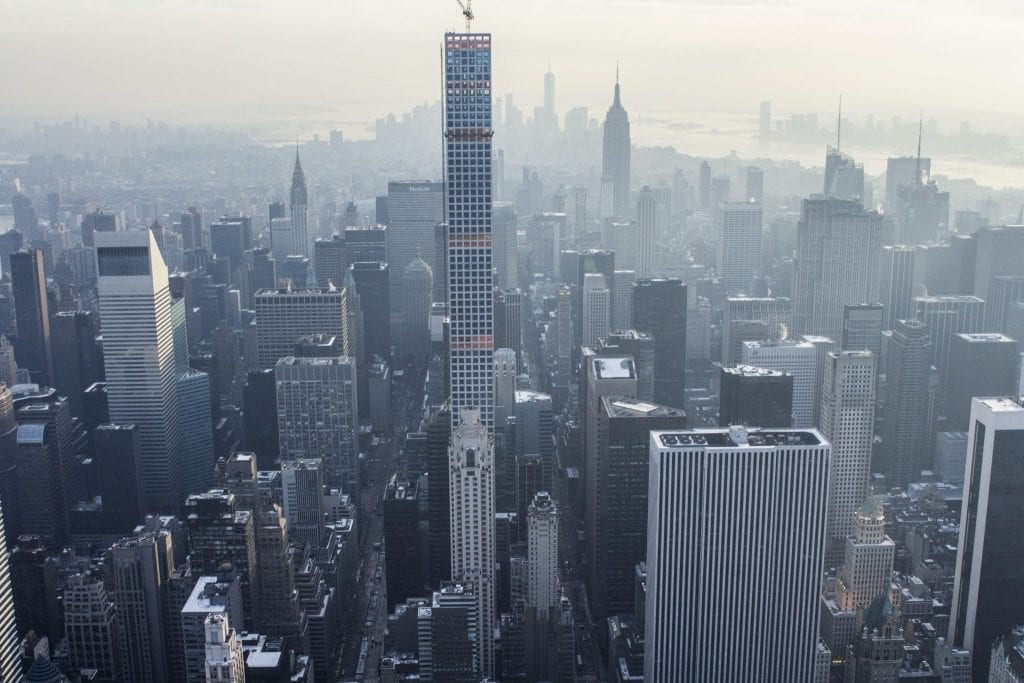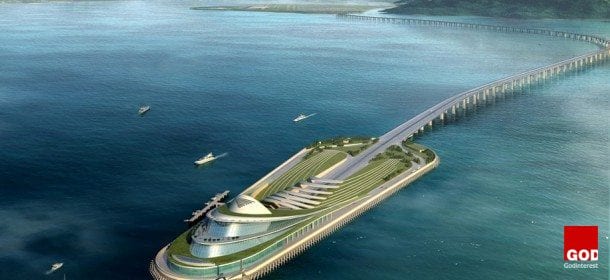Since the beginning of recorded time, construction projects have always been a major part of history. In fact, grandiose construction projects to erect the architectural visions of Pharaohs, Kings, Rulers, and Monarchs was used as a way to put the wealth and power of leaders on display for all of the people their lands to see.
Not surprisingly, all of these projects came at a great cost to the leaders that initiated them.
The Great Pyramid at Giza is one example of a grand architectural vision. This massive structure was built under the leadership of Egyptian pharaoh Khufu in the 26th century B.C.E. By the time work on the structure was completed, Knufu spent a great deal of his kingly fortunes on the project. According to sources, it is estimated that this project would cost more than $5 billion dollars to duplicate today.
Since then, there have been many other building projects that have cost significant amounts of money to build, some that were so grand in their scope they effectively broke the bank.
We will examine more of these projects here.

1. The Three Gorges Dam
This massive Chinese construction project took place over the Yangtze River in the Hubei province of Central China. This scope of this project was enormous and came with quite a bit of controversy due to the changes to the environment that were needed to make the project become a reality. When this project was approved in 1992, the Vice Premier at the time, Zoa Jiahua quoted the project cost at $8.35 billion to complete. In 2006, when the project was officially ended, the total cost ended up being closer to $37 billion dollars, or roughly four times more than the original estimate.

2. The Ryungyong Hotel
The ground broke for this 105 story luxury tourist hotel in 1987 in North Korea, despite the country being closed off to foreign visitors. After investing approximately $750 million dollars in the structure, the project came to an abrupt end when the Soviet Union, North Korea’s major economic supporter, collapsed. Today, the building remains unfinished and is recognised as being the tallest unoccupied structure in the entire world.



3. The MOSE Project
This building project was originally intended to help control flooding in Venice. However, it primarily served as a project to sink money into. The original budget for the project was $1.7 billion dollars but jumped to $8.1 billion over time. None of the work that was completed did anything to prevent flooding. Many people involved in the initial construction were arrested on bribery and corruption charges in connection with the project. Venice continues to have problems with flooding and sinking.

4. The Mirabel Airport
This airport was originally opened to serve Montreal, Canada in mid-1970. The Government seized 100,000 acres of land and displaced thousands of residents from their homes for the land that was needed to construct the airport. The cost of the land was $140 million dollars. This amount was eight times more than the costs that were originally projected. Once construction on the airport began, the price skyrocketed to a total cost of around $276 million dollars. Adding further pressure to the Mirabel Airport project was the fact that the Montreal-Dorval International Airport was located within a short driving distance away. While this airport did operate for a number of years, it ceased operations in 2004. In late 2014, demolition of the site began which added another $15 million dollars of cost to the failed project.



5. The Sagrada Familia
There is no doubt that building a Cathedral is no small undertaking. For the Sagrada Familia Cathedral, it is a project that has advanced at a snail’s pace and with a hefty price tag that can not even be calculated due to how slow the project has been to finish. Construction on the house of worship began in 1883. In 2015, it still needs to be completed. In 2011, the President of the Building Committee said that it might be completed in 2026 – 143 years after construction originally began.


6. The Millennium Dome
This is a London based project that has a happy ending, despite a shaky, and very expensive start. When construction of the Millennium Dome began in the 1990’s, the original budget of 758 million pounds was exceeded when it ended up costing 789 million pounds, so it lost money from day one, even without including maintenance costs. However, in 2007 the structure was sold to AEG and renamed the 02 Arena, so some of the initial investment money was recouped. This site is now a top venue for sporting events and concerts in the London, UK area.

7. The Channel Tunnel
Sometimes referred to as the “Chunnel” is a tunnel in the English Channel that links the United Kingdom with France. It’s not surprising that a project of this scope would cost a lot of money and time to complete successfully. In total, it took six years of work and $21 billion dollars to finish. In financial costs, it ended up being 80% more expensive than originally forecast. This privately funded project caused many of the initial investors to lose most of their investment due to over run costs. Today, their diligence to the project has made it widely successful. Hundreds of millions of people use the Chunnel trains to commute between France and the UK, with a travel time of around 35 minutes.


8. The Central Artery Tunnel Project
In 1991, Boston began construction of the Central Artery/Tunnel Project, also known as the Big D, to provide commuters with an alternative to using the main highway through the City. This project is one of the most expensive construction projects in the history of the United States with a ‘real’ cost of $22 billion dollars once interest on the funding for the project is paid off in 2038. The Central Artery/Tunnel Project included the construction of roads, bridges, and even a tunnel that was built under the Boston Harbor. While this project did have the original effect it was supposed to have by alleviating traffic congestion in parts of Boston, overall traffic in the areas where the Big D serves has also increased.

9. The Panama Canal
The Panama Canal is another example of a building project that came with many personal and financial losses during its construction in the early 1900’s. The project was hexed with obstacles including outbreaks of deadly malaria and mudslides that, according to hospital records, resulted in over 5,600 labourers deaths. Today, the Panama Canal remains a key part of the shipping industry between the Atlantic and the Pacific Ocean. In 2014, work at the Canal ground to a halt after a dispute between the Panama Canal Authority and a conglomerate of European construction companies disagreed who would pay for a $1.16 billion overrun in costs. All parties involved in the dispute agreed on stop-gap funding that put the project back in action. In 2015, expansion work on the Panama Canal continues and the overall costs of the project continue to rise.








